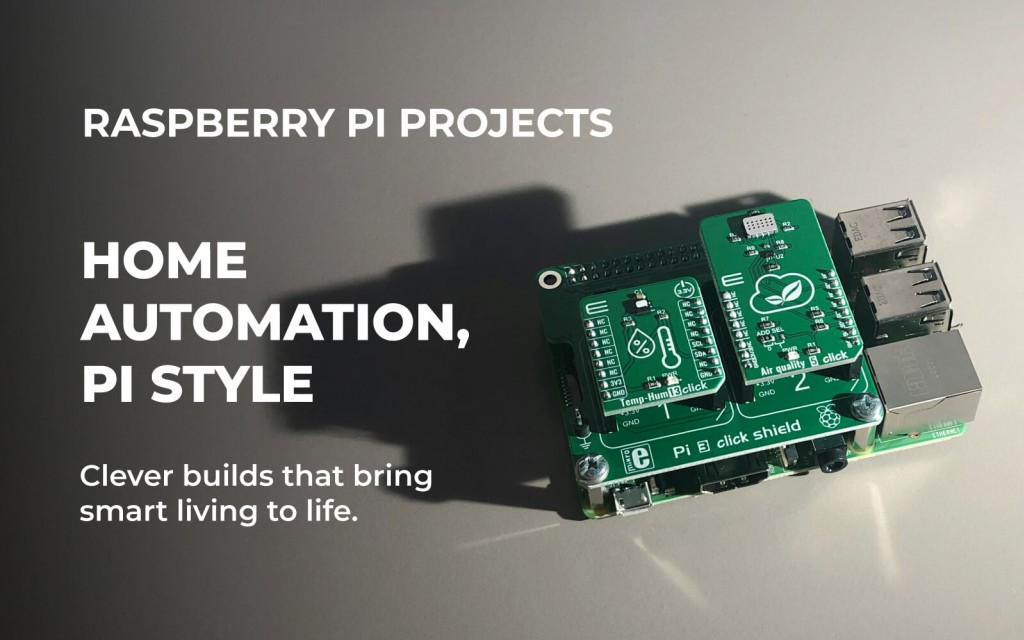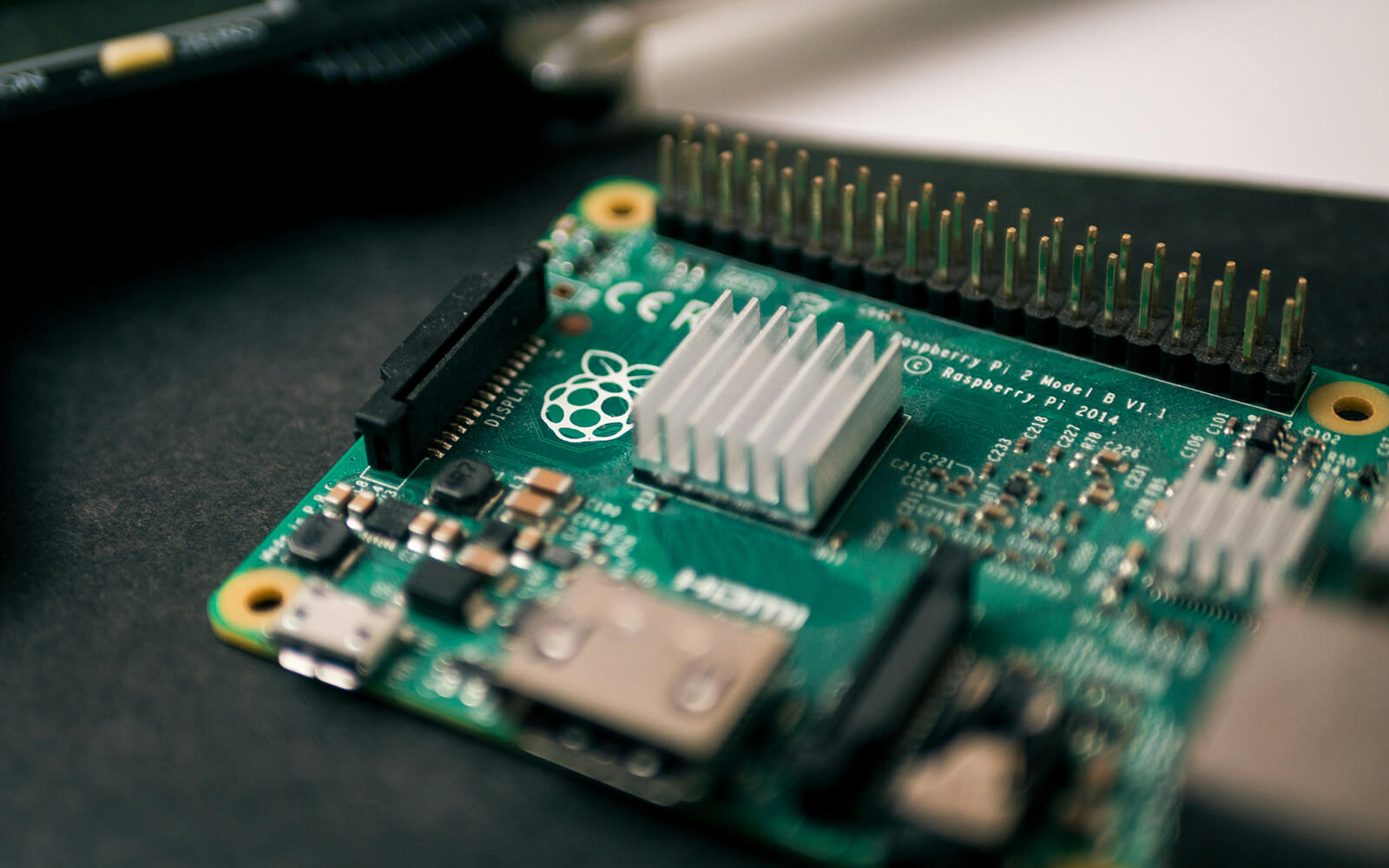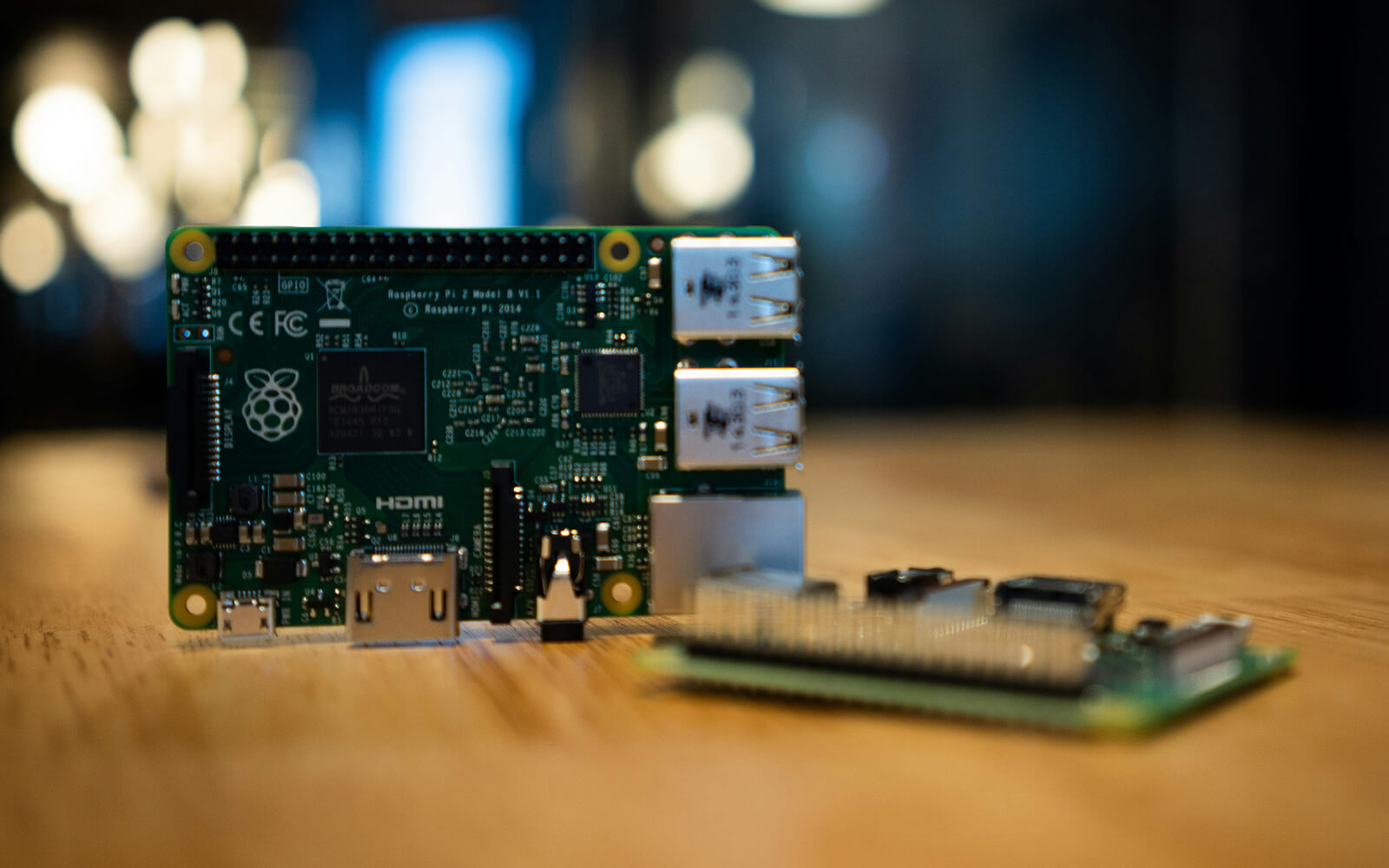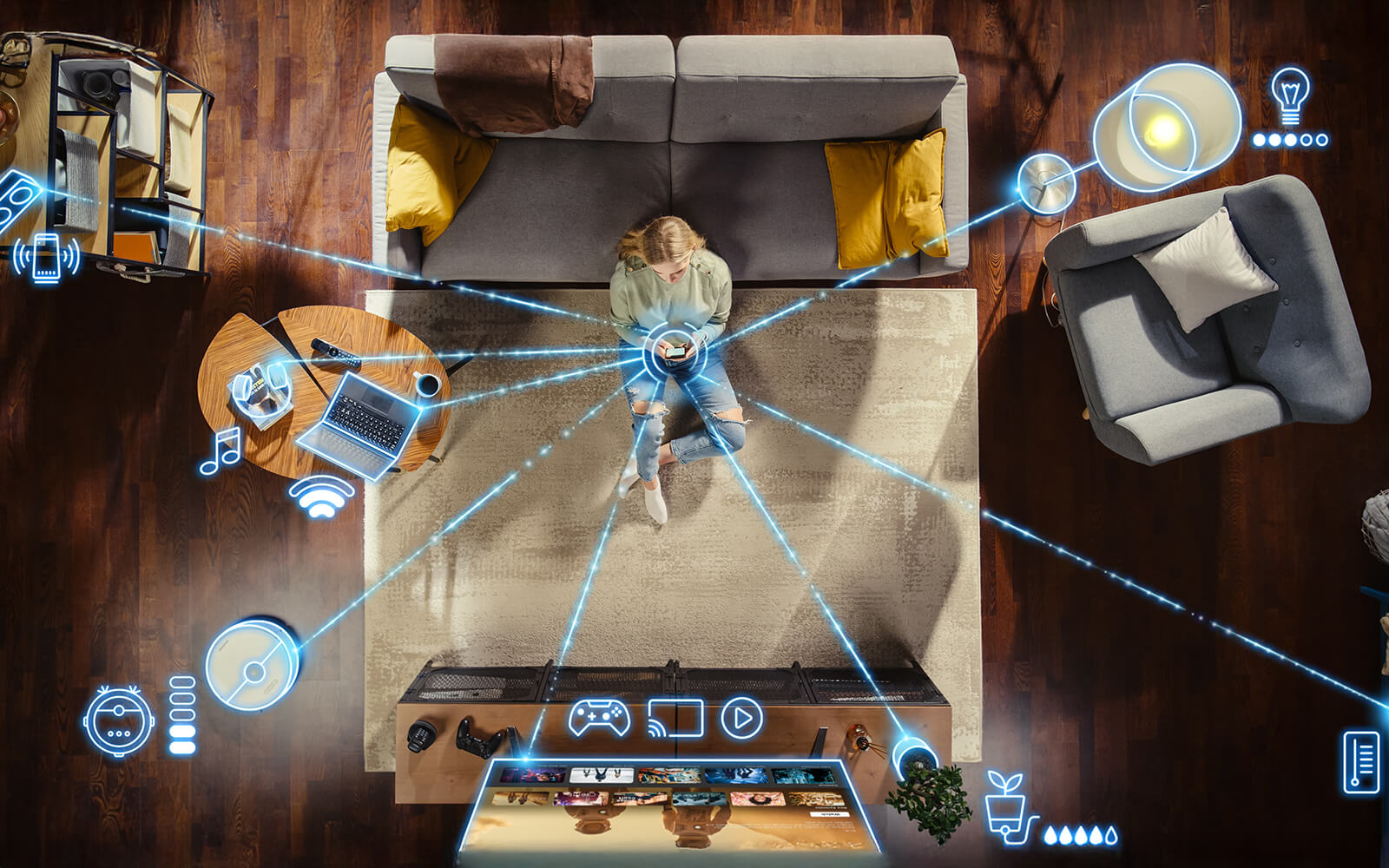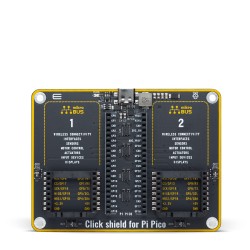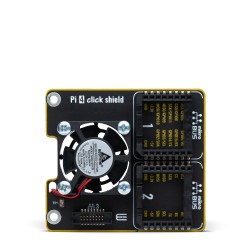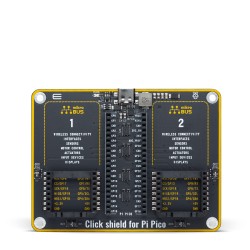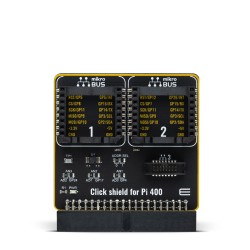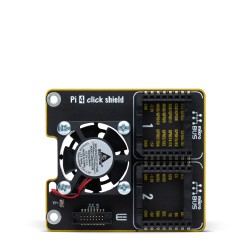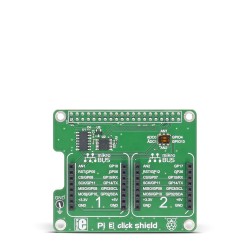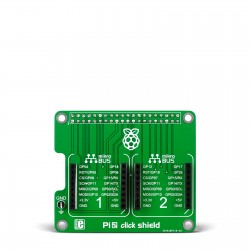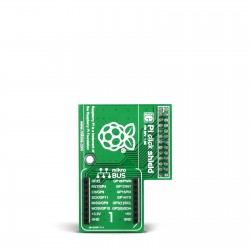Home automation is no longer a futuristic concept. It's here, transforming our living spaces into smart homes.
Raspberry Pi, a small yet powerful computer, is at the forefront of this revolution. It's enabling DIY enthusiasts and tech hobbyists to create innovative home automation projects.
But why Raspberry Pi for home automation?
It's affordable, flexible, and capable of integrating with various sensors and devices. This makes it an ideal hub for controlling your smart home.
In this article, we'll explore some of the most innovative Raspberry Pi projects for home automation. From controlling lighting systems to setting up security systems, we'll guide you through the process.
So, whether you're a beginner or a seasoned Raspberry Pi user, get ready to transform your home into a smart home.
Introduction to Raspberry Pi Home Automation
Raspberry Pi is more than just a tiny computer. It's a powerful tool for launching creative home automation projects. For many tech enthusiasts, its affordability and versatility make it an appealing choice. Plus, its ability to integrate with smart technologies makes it indispensable in home automation.
Setting up Raspberry Pi as your central control hub opens a world of possibilities. You can connect it to various smart devices, from lights and locks to cameras and thermostats. This integration allows you to automate tasks, making daily routines smoother and more efficient. This small device acts as the brain of your smart home, managing complex tasks with ease.
One of the most attractive aspects of Raspberry Pi is its open-source nature. It supports a plethora of software and operating systems, enhancing its functionality significantly. You can choose from various platforms like Home Assistant or OpenHAB, depending on your needs.
This flexibility encourages customization, allowing users to tailor their home automation systems to their specific preferences. With Raspberry Pi, you're not just automating tasks; you're creating a personalized smart home experience.
Benefits of Using Raspberry Pi for Home Automation
Raspberry Pi offers numerous benefits that make it an excellent choice for home automation. Cost-effectiveness is a major advantage, allowing hobbyists to create robust smart systems without breaking the bank. Unlike many commercial solutions, Raspberry Pi provides a budget-friendly gateway into the world of smart homes.
Another benefit is its flexibility. With a wide array of compatible sensors and peripherals, Raspberry Pi can adapt to various automation needs. Whether you're looking to automate lighting, security, or climate control, Raspberry Pi has got you covered. Its modular nature means you can start with small projects and expand as your needs evolve.
The support from a vibrant community adds to its appeal. Raspberry Pi enthusiasts are always sharing new ideas and solutions, creating a wealth of resources. This community-driven support makes troubleshooting easier and inspires new innovations. With Raspberry Pi, not only do you get a powerful device, but also a collaborative network to help you at every step.
Essential Components for RPi Home Automation
Creating a home automation system with Raspberry Pi requires both hardware and software components. Understanding these essentials will ensure a smooth setup process.
Hardware is the backbone of any Raspberry Pi home automation project. You'll need specific devices to interact with your home environment. These components can range from simple sensors to complex actuators.
Software, on the other hand, controls how your hardware operates. The right software choices can transform your Raspberry Pi into a powerful home automation hub. Open-source solutions are popular among the community for their flexibility and affordability.
Together, these components allow for customizability and control. They enable DIY enthusiasts to design systems tailored to their specific needs, making home automation both accessible and exciting.
Hardware Requirements
To embark on a Raspberry Pi home automation journey, selecting the right hardware is crucial. The foundational piece is, of course, the Raspberry Pi itself. Different models are available, but the Raspberry Pi 4 is often recommended for its robust capabilities.
In addition to the main unit, you'll need various sensors and actuators. Sensors can include temperature, humidity, and motion detectors. Actuators, like smart plugs and relays, allow your system to interact with physical devices.
Don't forget power supplies and connectivity modules. Reliable power ensures uninterrupted operation, while connectivity modules like Wi-Fi or Ethernet expand your control abilities. A list of basic hardware might include:
- Raspberry Pi (Model 4 recommended)
- Sensors (temperature, humidity, motion)
- Actuators (smart plugs, relays)
- Power supply
- Connectivity modules (Wi-Fi dongle, Ethernet cable)
Software Requirements
Equipping your Raspberry Pi with the right software can unlock its potential for home automation. Begin with choosing an operating system; Raspbian is a popular choice due to its compatibility and ease of use.
Home automation software platforms are the next layer. Open-source solutions like Home Assistant or OpenHAB are favorable. These platforms allow you to manage devices and automate tasks seamlessly.
Lastly, ensure that you have access to the software libraries needed for integration. Libraries like Python's RPi.GPIO are essential for communicating with sensors and actuators. A list of essential software components includes:
- Operating System (Raspbian preferred)
- Automation Software (Home Assistant, OpenHAB)
- Development Libraries (Python RPi.GPIO)
By combining the correct hardware and software, you can create a responsive and versatile smart home environment tailored to your lifestyle.
Top Raspberry Home Automation Projects
Raspberry Pi opens a world of possibilities for home automation projects. Here are some innovative examples to inspire your next DIY endeavor. These projects range from lighting control to security systems, showcasing the versatility of Raspberry Pi in creating a smarter home. With various project complexity levels, there's something here for both novices and seasoned tech enthusiasts.
Each project utilizes different components, focusing on enhancing convenience, security, and energy efficiency. The adaptability of Raspberry Pi allows for integration with existing smart home devices, expanding your system's functionality. Whether you're interested in automating lighting or monitoring environmental conditions, these projects demonstrate how Raspberry Pi can transform your living space.
- Smart Lighting Control: Raspberry Pi can manage lighting in your home. By integrating smart bulbs and dimmers, you can create customized mood lighting scenarios. Control everything via a mobile app or voice commands for ultimate convenience and ambiance.
- Automated Garden Watering System: Simplify garden maintenance with an automated watering system. Raspberry Pi can control valves to water plants based on soil moisture levels. This system ensures your garden receives optimal hydration and helps conserve water usage.
- Home Security System with Motion Detection: Enhance your home's security with a Raspberry Pi-based system. Combine cameras and motion sensors to monitor your premises. Set up alerts to notify you of any suspicious activity, providing peace of mind when away from home.
- Voice-Activated Home Assistant: Integrate Raspberry Pi with voice assistants like Alexa or Google Assistant. This project lets you control home devices using simple voice commands. You can adjust lighting, play music, or check the weather hands-free.
- Smart Temperature and Humidity Monitor: Keep track of environmental conditions with this monitoring system. Raspberry Pi can collect data from sensors placed around your home. Use the information to adjust HVAC systems and maintain comfortable living conditions efficiently.
These projects exemplify how Raspberry Pi transforms everyday experiences into automated tasks that save time and enhance quality of life. Whether for security, comfort, or efficiency, Raspberry Pi is a powerful tool in the world of home automation.
Integration with Other Smart Devices
Integrating Raspberry Pi with other smart devices enhances its functionality in home automation. This connection enables seamless control over various aspects of your home environment. Raspberry Pi's compatibility with platforms like Home Assistant and OpenHAB makes it easy to connect to a vast ecosystem of smart gadgets. It helps unify devices like lights, thermostats, and security cameras into one cohesive system.
With Raspberry Pi, you can bridge different communication protocols, such as Zigbee and Z-Wave. This connectivity broadens the scope of devices you can manage from a central hub. Incorporating voice assistants adds another layer of control, allowing users to manage their entire smart home verbally.
This integration streamlines operations and adds convenience, letting users automate complex routines with simplicity and efficiency. By merging Raspberry Pi with smart devices, you create a robust and flexible smart home network adaptable to your evolving needs.
Setting Up Your Raspberry Home Automation System
Embarking on a Raspberry Pi home automation project begins with selecting the right Raspberry Pi model. Each model offers unique features suitable for various projects. The Raspberry Pi 4 Model B is a popular choice due to its powerful performance and versatility.
After choosing your Raspberry Pi, install the necessary operating system. Raspberry Pi OS is a solid choice for beginners, but advanced users might opt for specialized distributions.
Next, gather the peripherals and sensors required for your specific project. These can include motion sensors, temperature sensors, cameras, and smart plugs. Connect these components to your Raspberry Pi following the manufacturer's guidelines. You’ll also need to ensure your Raspberry Pi is connected to your home network. This connection is crucial for real-time updates and remote control.
Finally, install the necessary software for your home automation system. Platforms like Home Assistant and OpenHAB offer user-friendly interfaces and extensive device compatibility. Configure these platforms with your connected devices for seamless control.
Most platforms provide documentation and community support to help you through initial setup and customization. With a well-structured system, you'll unlock endless possibilities for automating daily tasks around your home.
Troubleshooting Common Issues
Raspberry Pi home automation projects can occasionally run into snags, but these are often simple to resolve. One common issue is connectivity problems. Ensure your Raspberry Pi is within the range of your Wi-Fi signal. Double-check your network settings if connection issues persist.
Another frequent problem involves software compatibility. Ensure the software version matches your Raspberry Pi model and connected devices. If you encounter glitches, try updating the software or reinstalling key packages. Community forums and official documentation are valuable resources for troubleshooting and finding solutions.
It's also helpful to regularly back up your system to avoid data loss in case issues arise. Embrace a proactive approach to maintenance and updating to keep your home automation running smoothly.
Conclusion
Raspberry Pi home automation projects unlock endless possibilities for enhancing our daily lives. With its flexibility and affordability, creating a smart home has never been more accessible.
By integrating Raspberry Pi into your home, you gain control over everything from security to energy management. The DIY nature of these projects not only boosts convenience but also provides a rewarding learning experience. Embrace the challenges and creativity that come with building your own systems. Start small, but dream big—let your imagination guide you to a future where your home works seamlessly for you.
Supercharge Your Home Automation Projects with Raspberry Pi Click Shields™
Raspberry Pi is a powerhouse for DIY smart home projects — but when paired with a Click shield, it becomes even more versatile. The Raspberry Pi Click Shield™ acts as a bridge between your Pi and 1850+ Click boards™, allowing you to easily expand its capabilities with plug-and-play modules for sensing, control, communication, and more.
From motion sensors to relays, environmental monitors, and wireless transceivers — the shield makes it effortless to integrate professional-grade hardware into your automation setup without complex wiring or additional components.
With Mikroe's mikroBUS™ standard, prototyping becomes streamlined, scalable, and future-proof.
Whether you're automating lighting, improving security, or building custom IoT controls, Raspberry Pi Click Shields™ open the door to smarter, faster development.
ABOUT MIKROE
MIKROE is committed to changing the embedded electronics industry through the use of time-saving industry-standard hardware and software solutions. With unique concepts like Remote Access, One New Product/Day, Multi-Architectural IDE and most recently, the EmbeddedWiki™ platform with more than million ready-for-use projects, MIKROE combines its dev boards, compilers, smart displays, programmers/debuggers and 1850+ Click peripheral boards to dramatically cut development time. mikroBUS™; mikroSDK™; SiBRAIN™ and DISCON™ are open standards and mikroBUS only has been adopted by over 100 leading microcontroller companies and integrated on their development boards.
Your MIKROE











